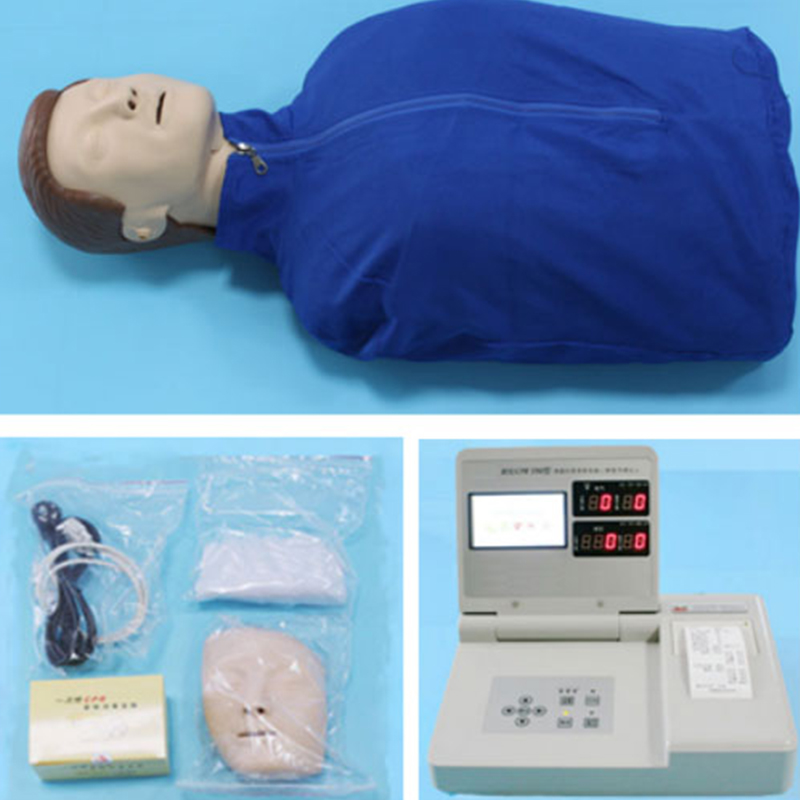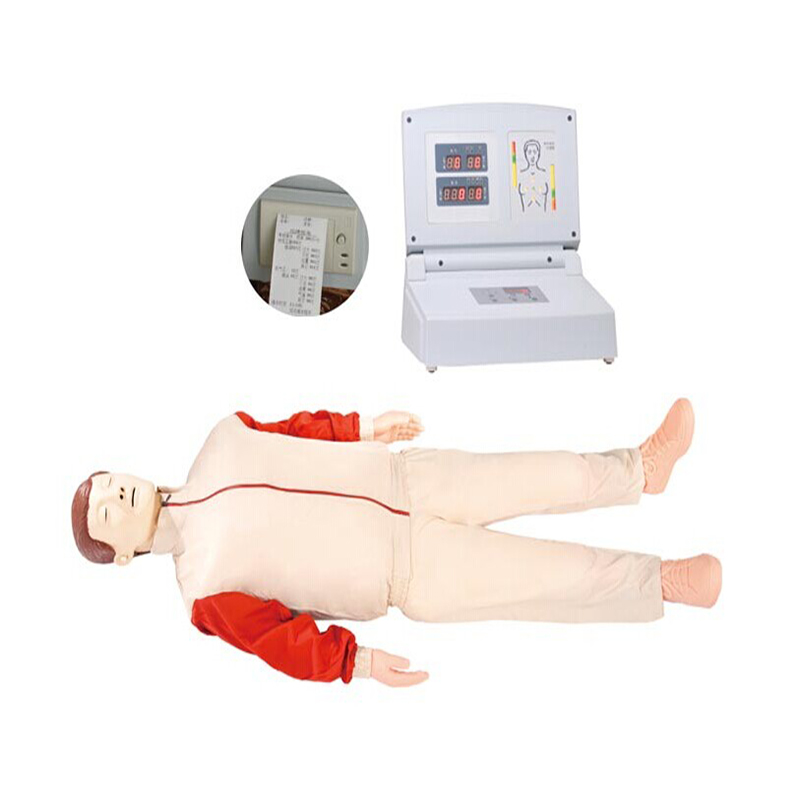Homepageпјҡ NEWS >> What are the techniques for cardiorespiratory resuscitation
Cardiopulmonary resuscitation (CPR) is an emergency treatment measure used to maintain blood supply to the brain and other vital organs in the event of cardiac arrest to gain time to save life. In addition to compressions, there are other key techniques in CPR that are equally important and together constitute the overall process of CPR.
First, ensuring the safety of the scene environment is the first step in cardiopulmonary resuscitation. Before taking any first aid measures, rescuers must assess whether there are any dangerous factors at the scene, such as fire, electric shock, etc., to ensure that they and the patient are not harmed.
Secondly, it is also crucial to correctly determine the patient's heartbeat and respiratory arrest. The rescuer should check whether the patient is conscious by calling the patient's name, tapping the shoulder, etc., and observe whether the patient is breathing normally. If there is no breathing or only intermittent breathing, cardiopulmonary resuscitation should be started immediately.

When performing chest compressions, in addition to ensuring the location, technique, frequency, and depth of compression, the rotation operation when multiple people are rescuing is also a skill that needs attention. Rotation operations can prevent rescuers from affecting the quality of compressions due to fatigue and ensure the continuity and effectiveness of cardiopulmonary resuscitation.
In addition, opening the airway and artificial respiration are also indispensable skills in cardiopulmonary resuscitation. The rescuer needs to clear the patient's airway and ensure that the airway is open. Then, the patient's head is tilted back by raising the head and chin or raising the jaw to keep the airway open. During artificial respiration, the rescuer needs to pinch the patient's nostrils, cover the patient's mouth with his lips and blow air. The time limit for each blow is 1 second, and observe that the chest is raised, with a frequency of 8 to 10 times/min.
In addition to the above tips, it is important to continue CPR until first responders arrive. Before emergency personnel arrive, rescuers should continue to perform chest compressions and artificial respiration without giving up any chance to save lives.
In addition, with the continuous advancement of medical technology, some new cardiopulmonary resuscitation techniques and methods are also emerging. For example, abdominal lift CPR is a CPR method targeted at special groups such as the elderly. This method uses an abdominal lifting cardiopulmonary resuscitation instrument to lift and press the abdomen, and changes the intrathoracic and abdominal pressure by moving the diaphragm up and down to establish effective circulation and respiratory support. This method can effectively avoid problems such as chest and rib fractures caused by traditional chest compression methods and improve the success rate of cardiopulmonary resuscitation.
To sum up, cardiopulmonary resuscitation is a complex and important first aid skill that requires mastering the correct compression method and other related skills. In actual operations, rescuers should flexibly use these techniques according to the patient's specific situation and the scene environment to maximize the effect and success rate of cardiopulmonary resuscitation. At the same time, we should continue to learn and update the knowledge and skills of cardiopulmonary resuscitation to deal with various complex first aid situations.
